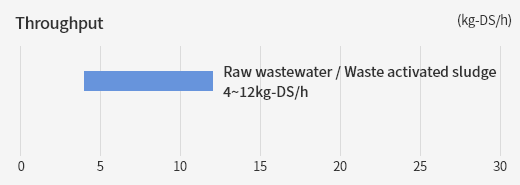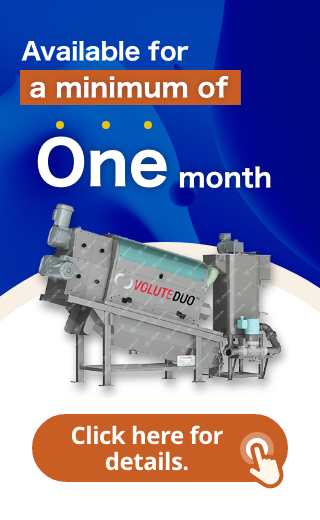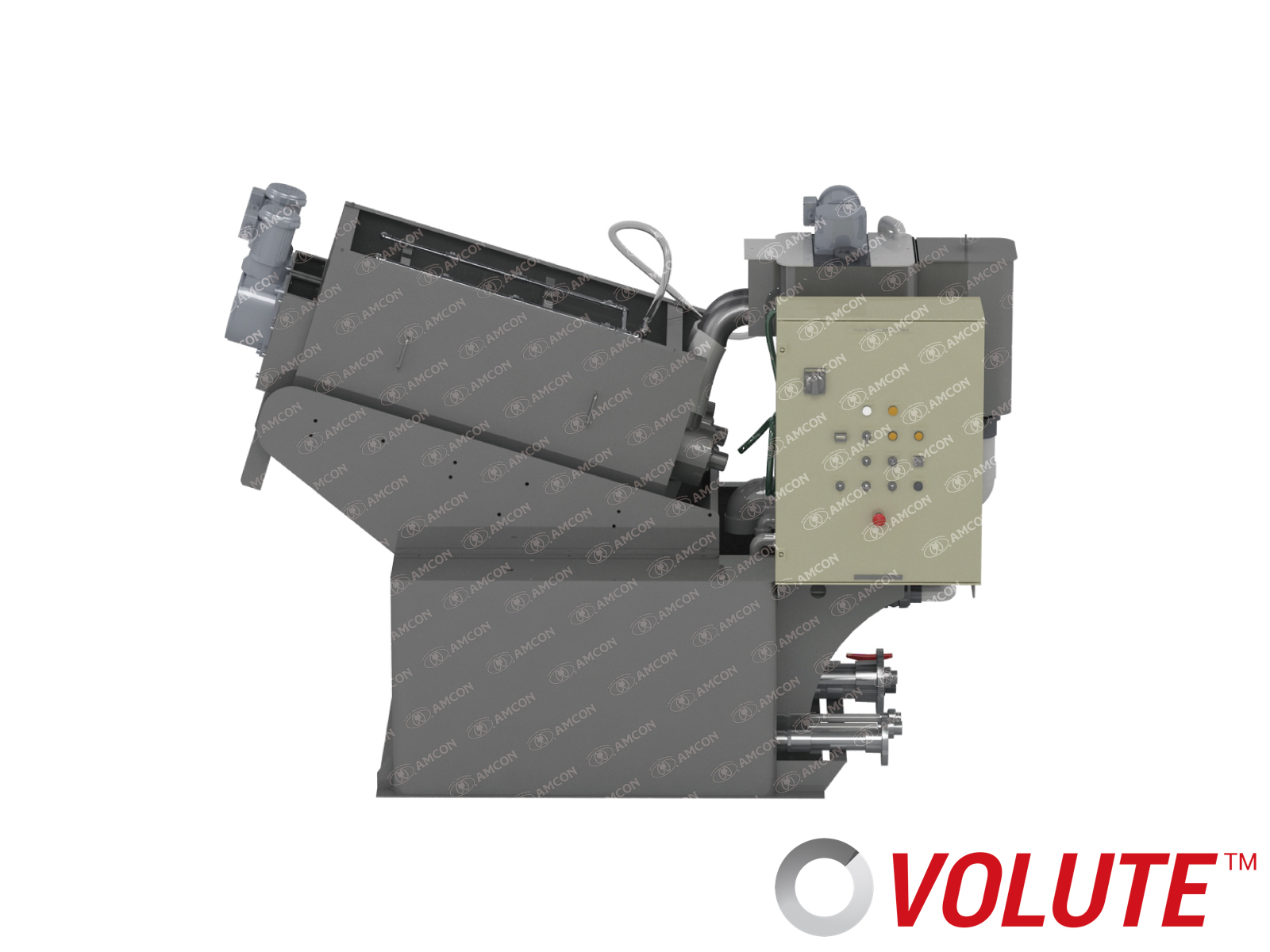
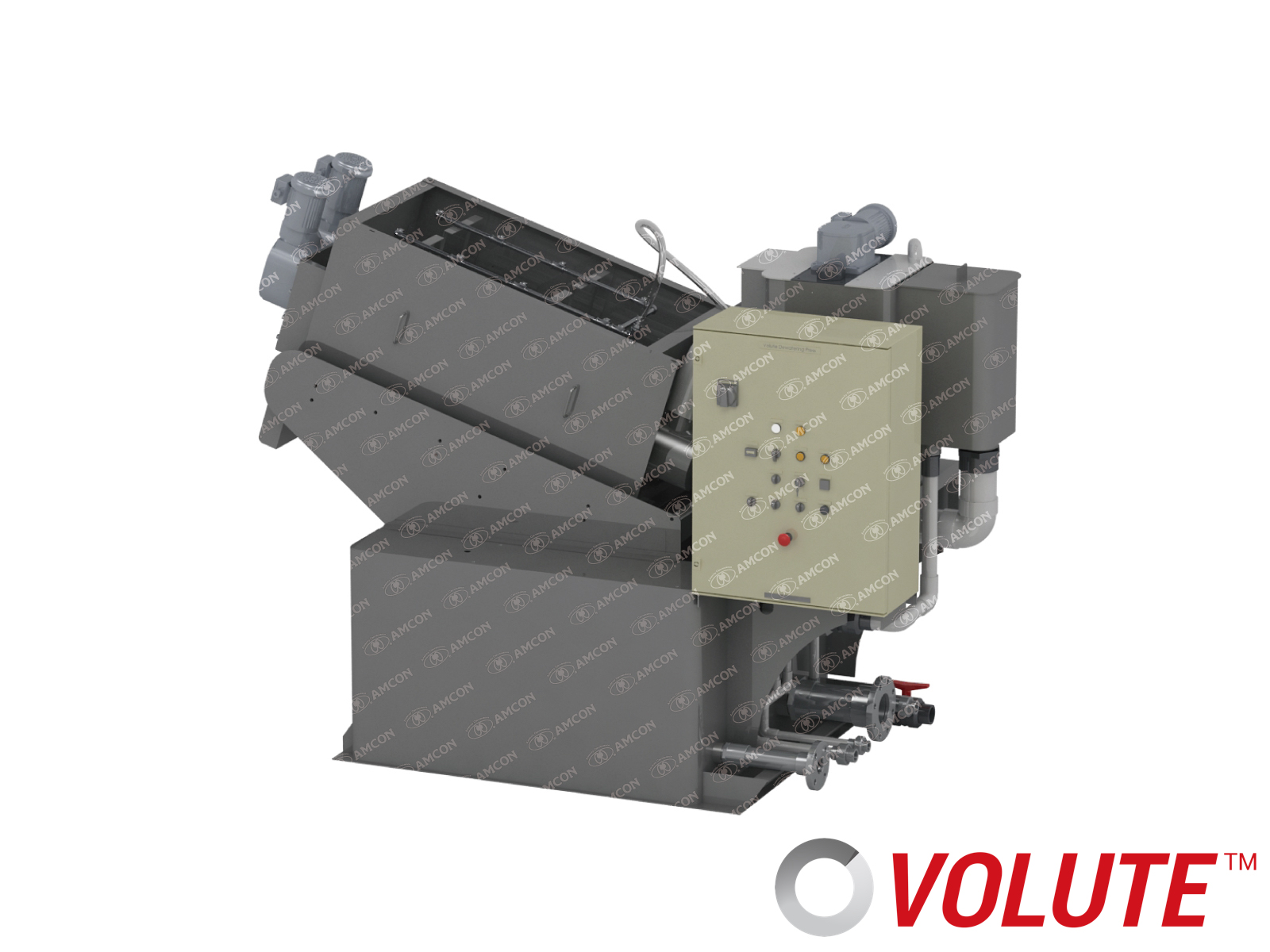
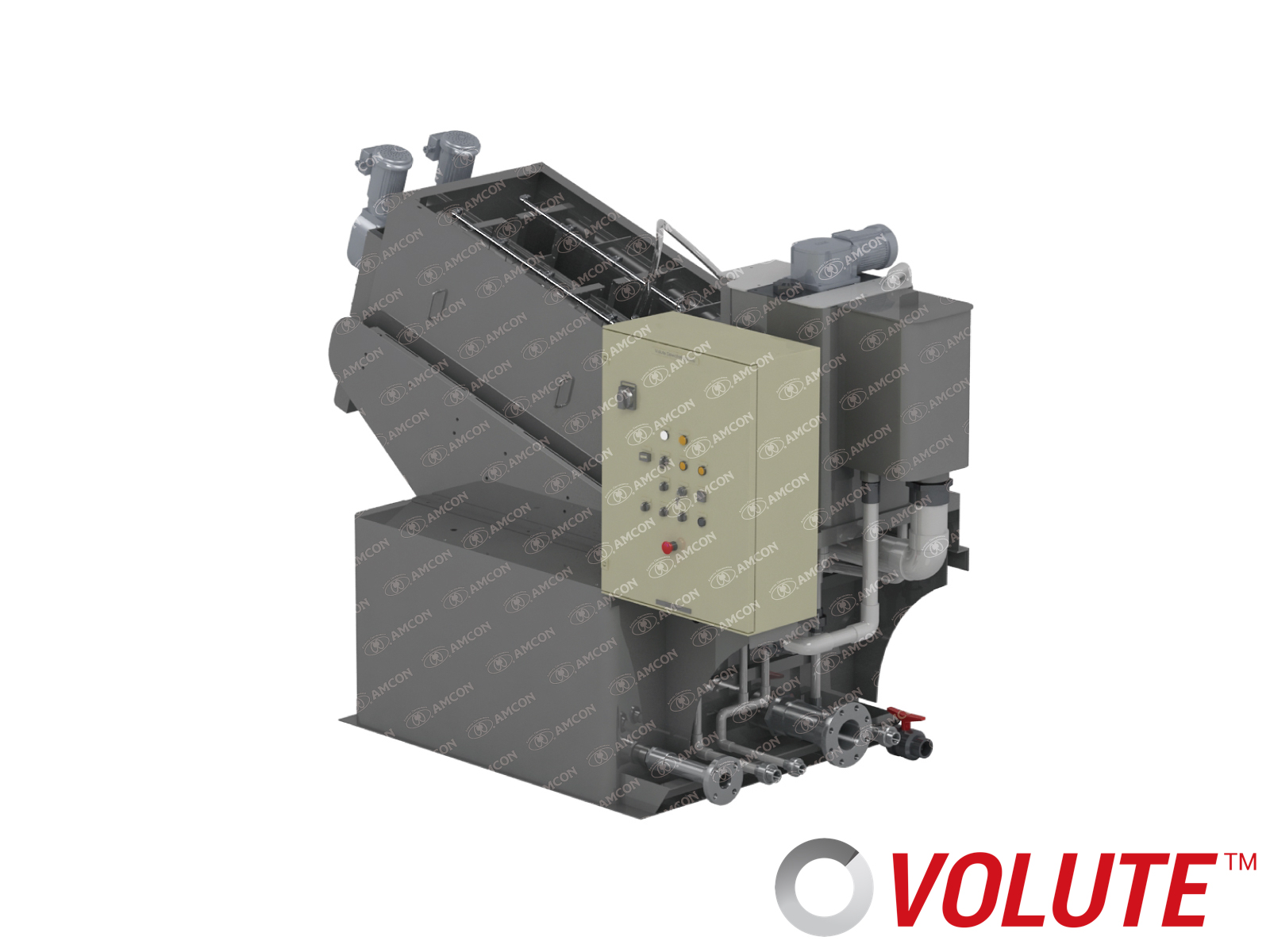
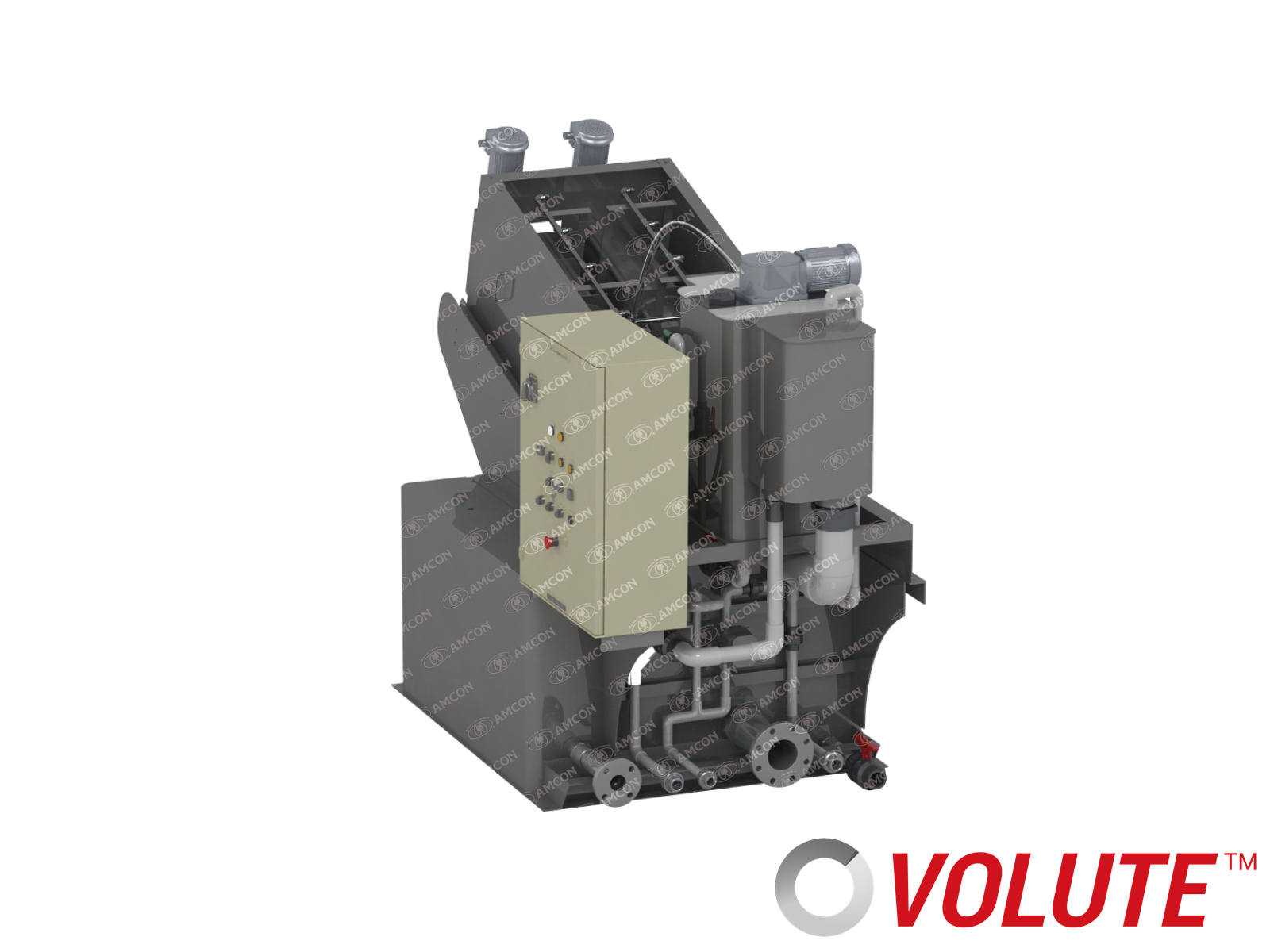
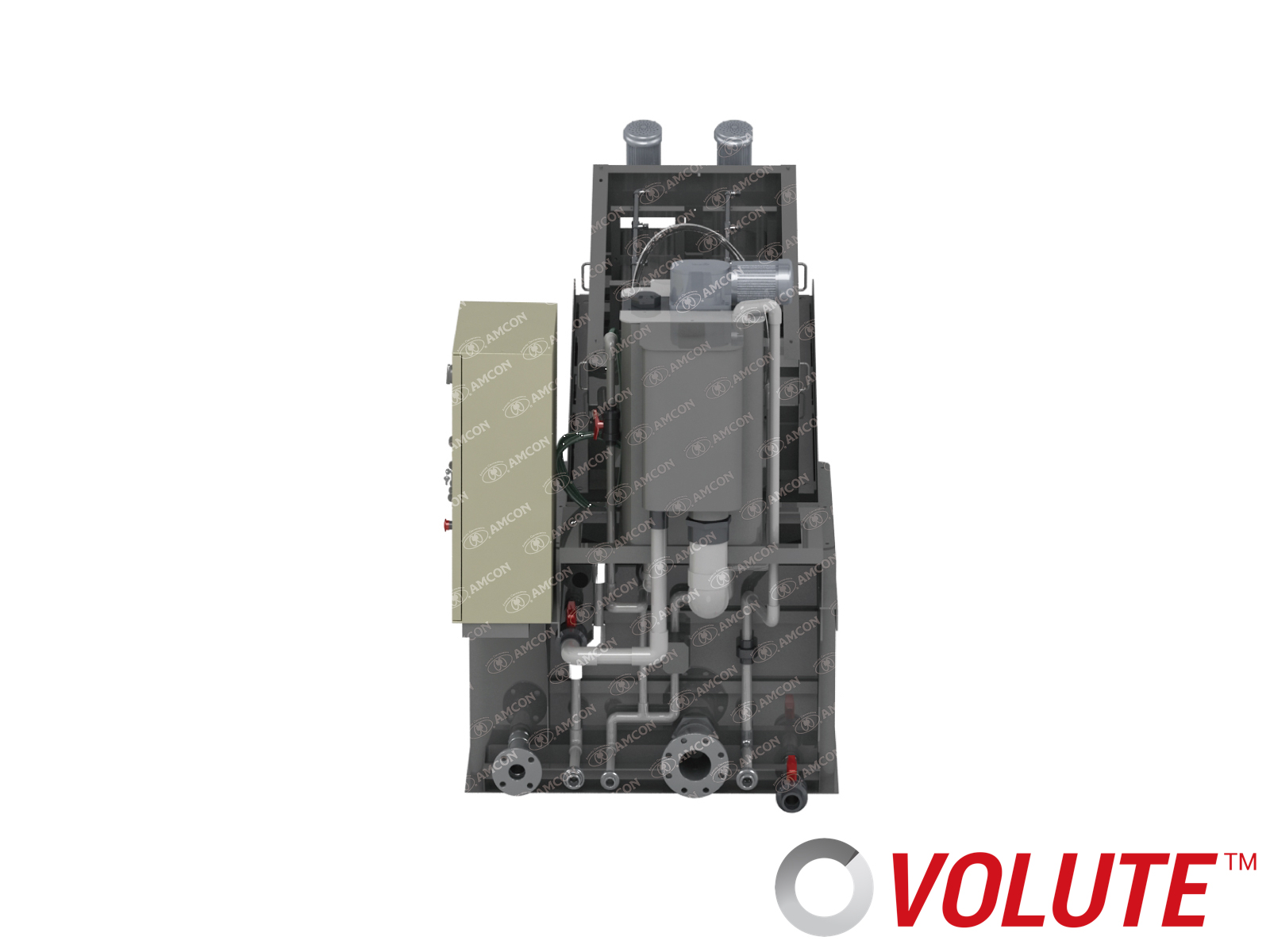
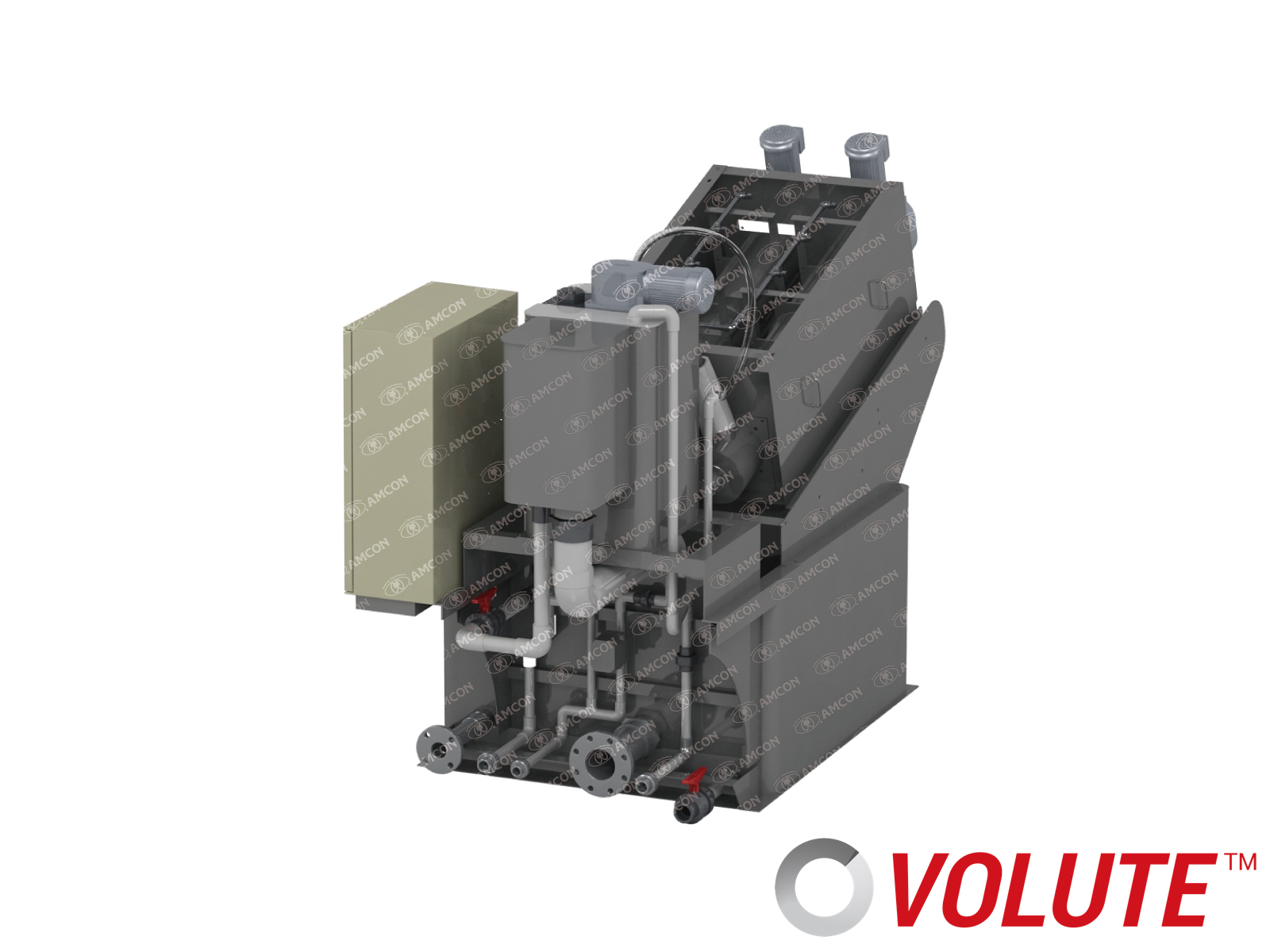
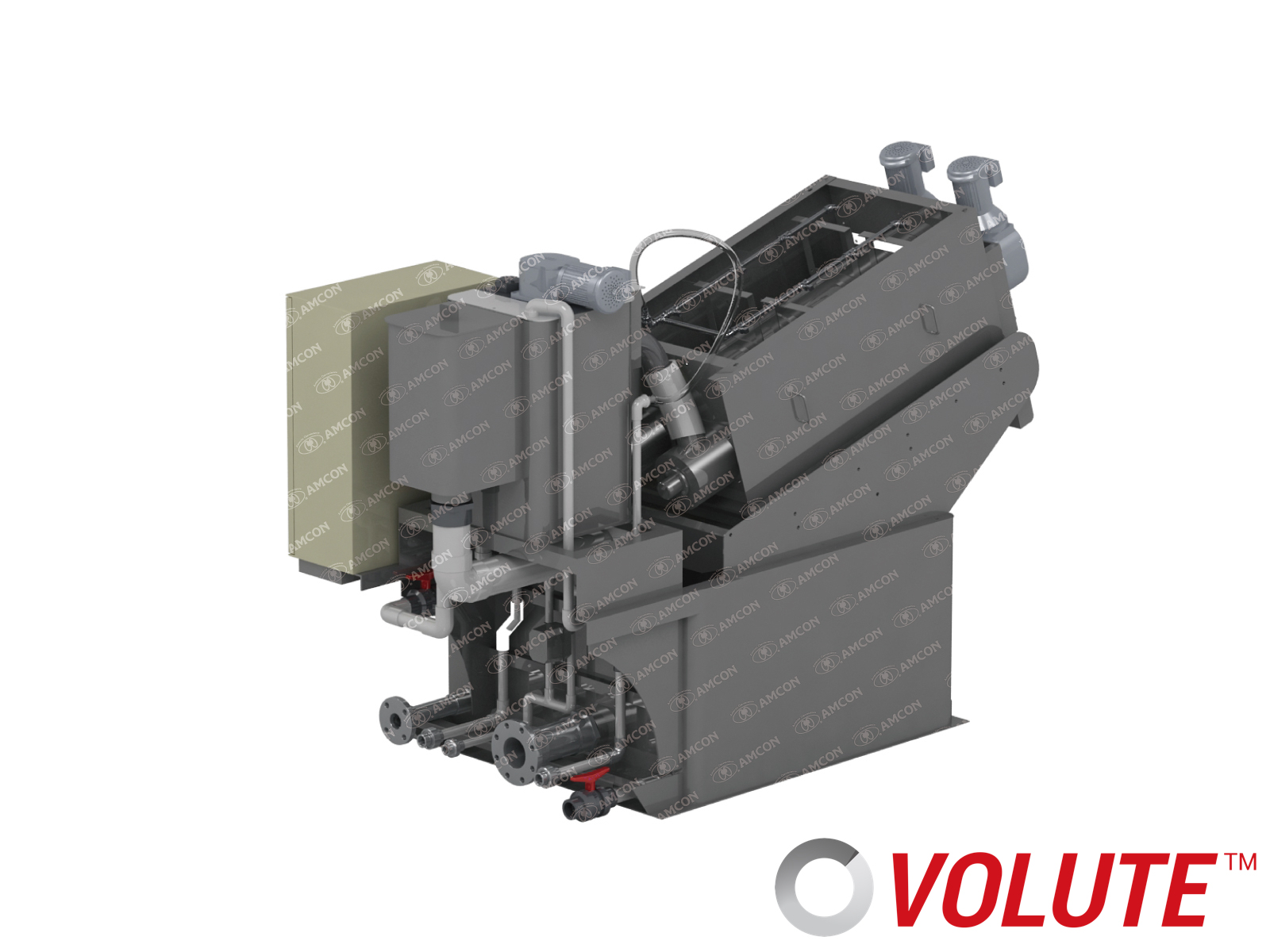
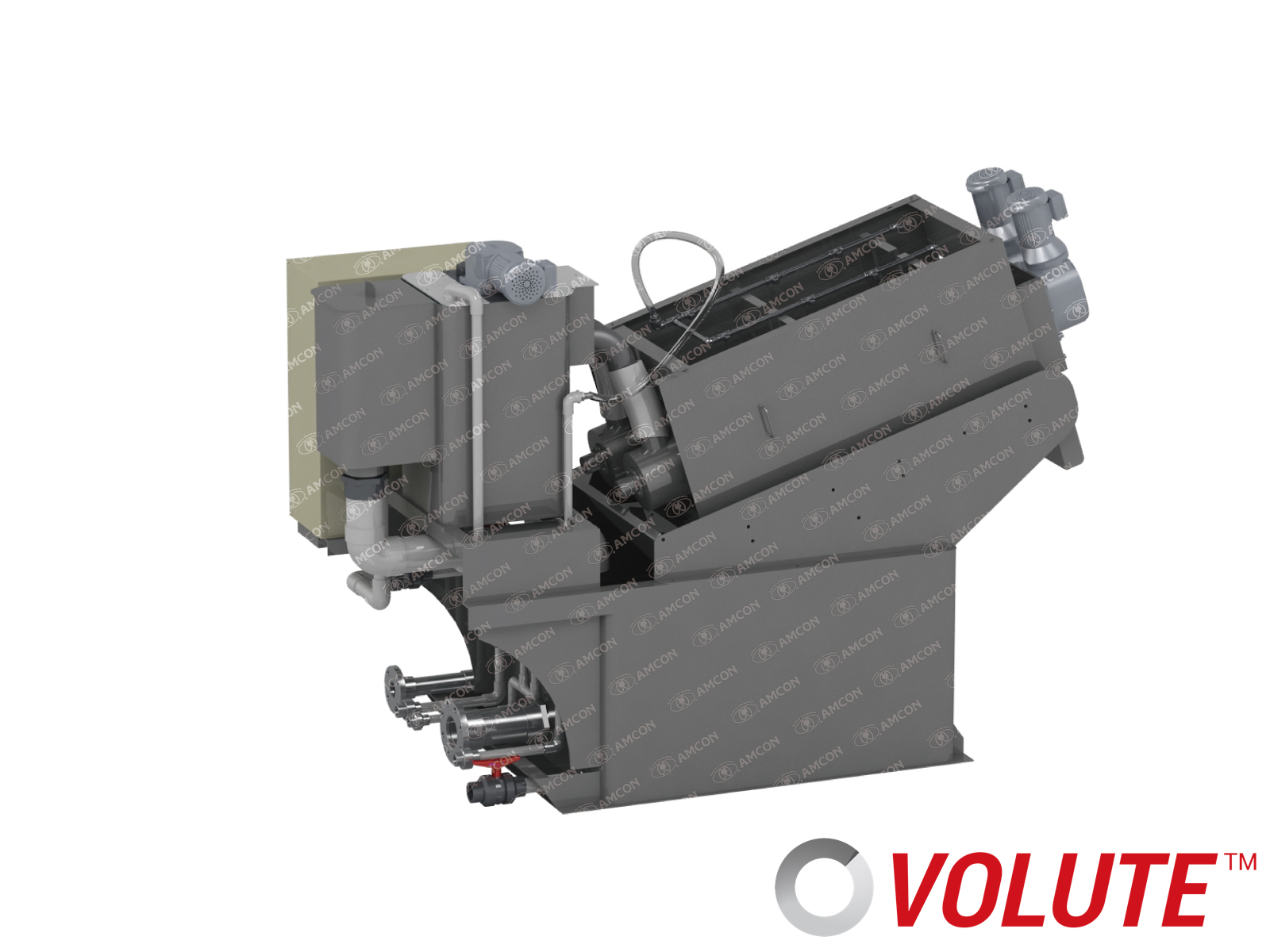
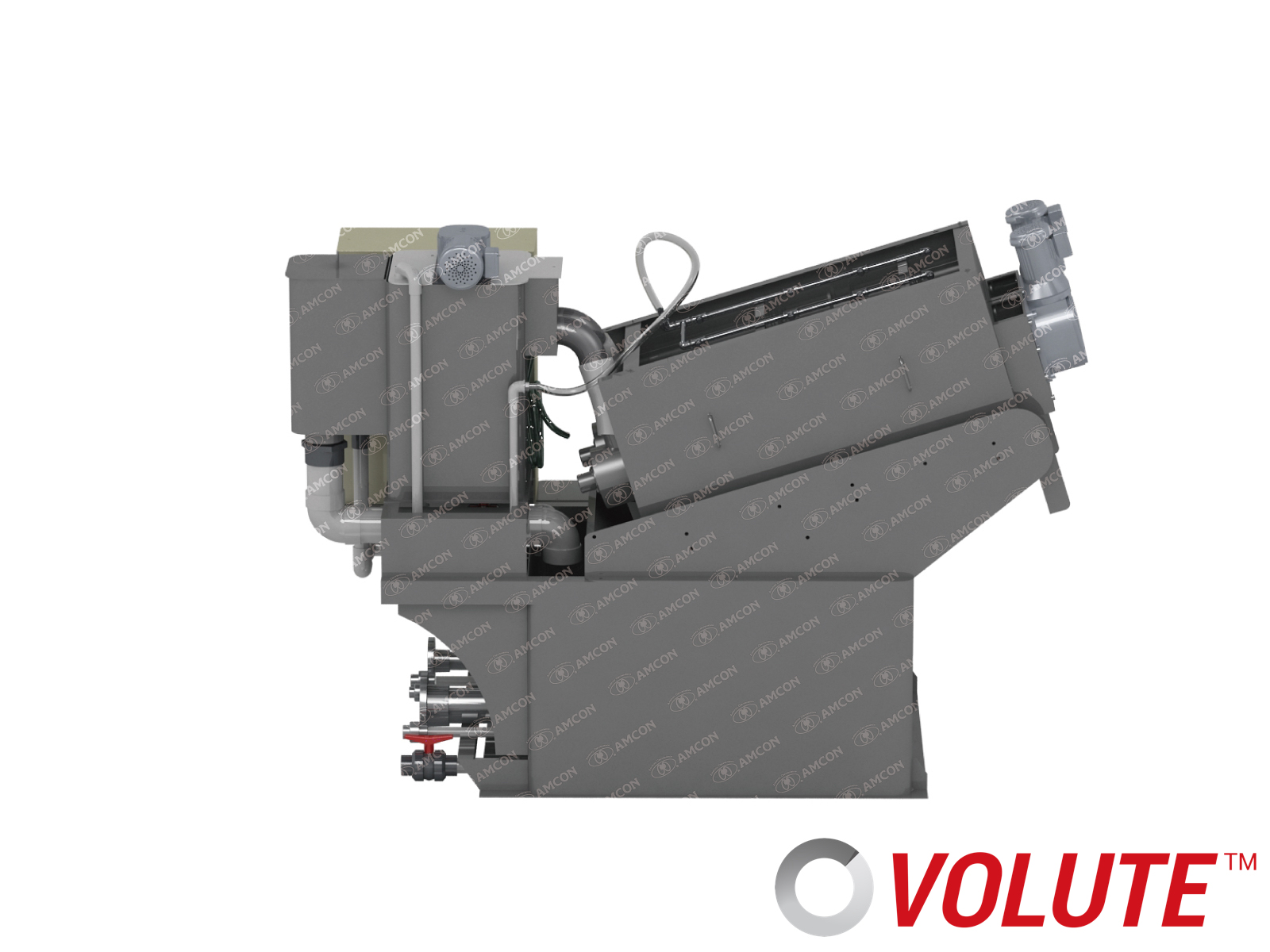
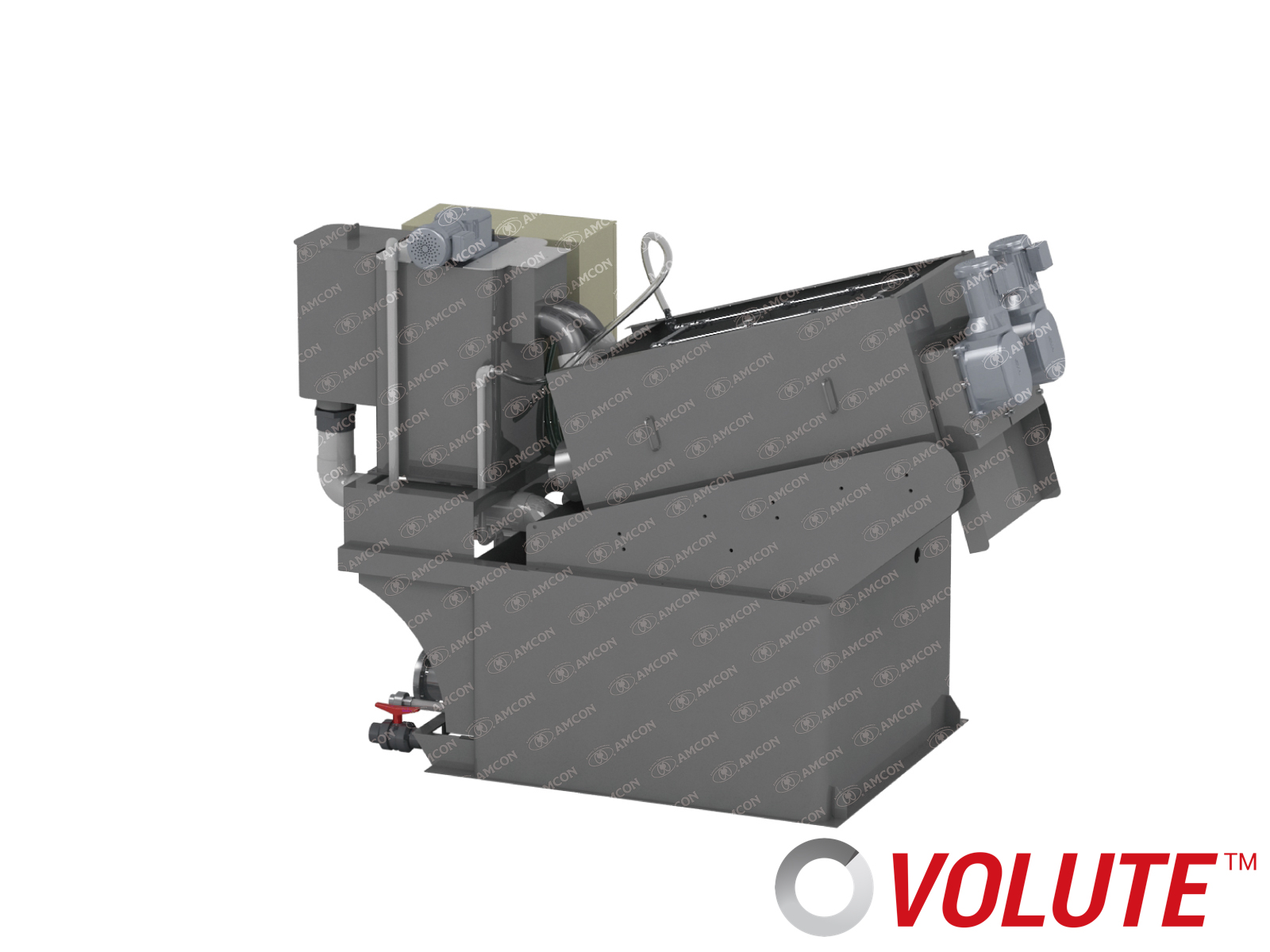
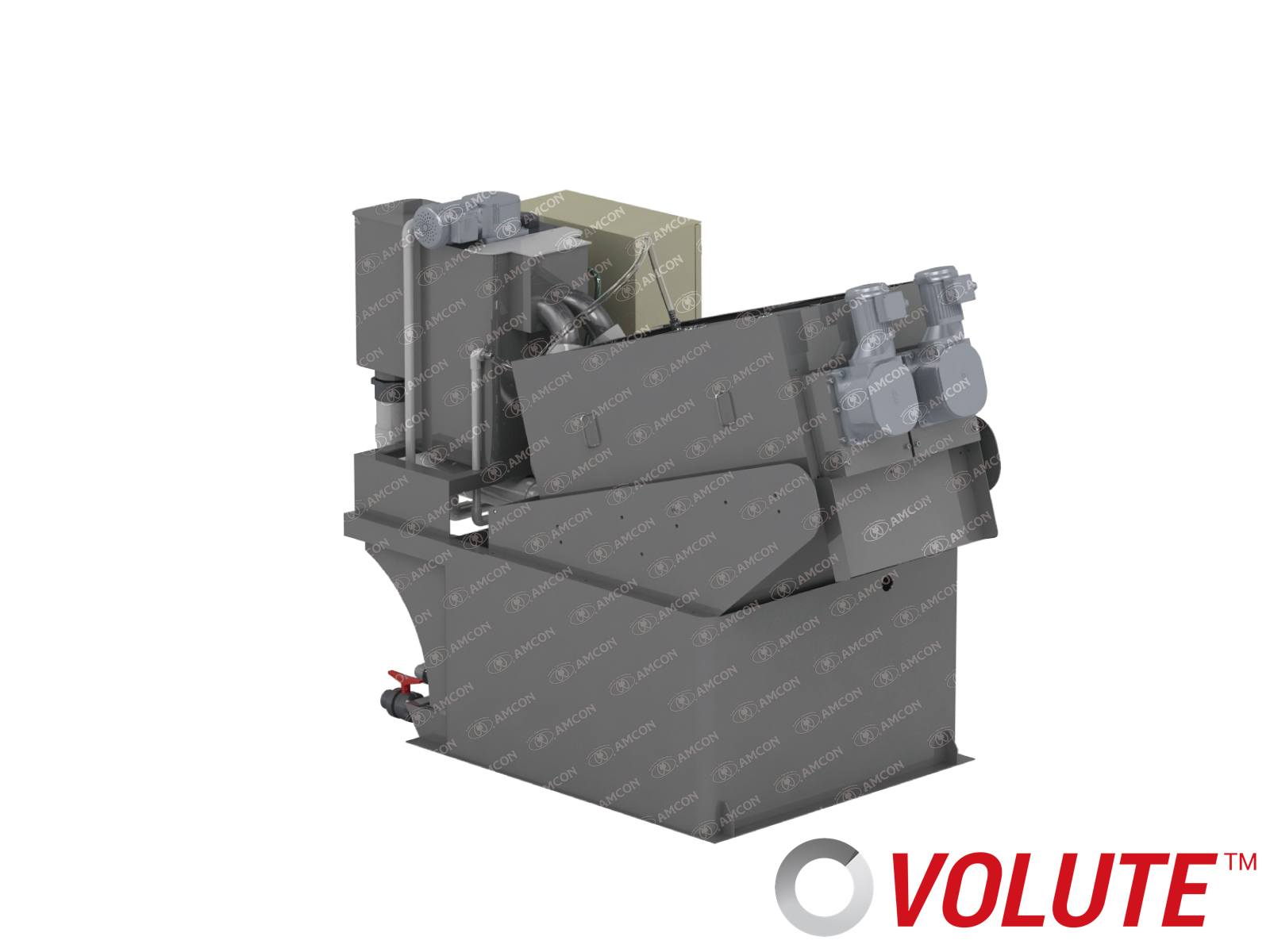
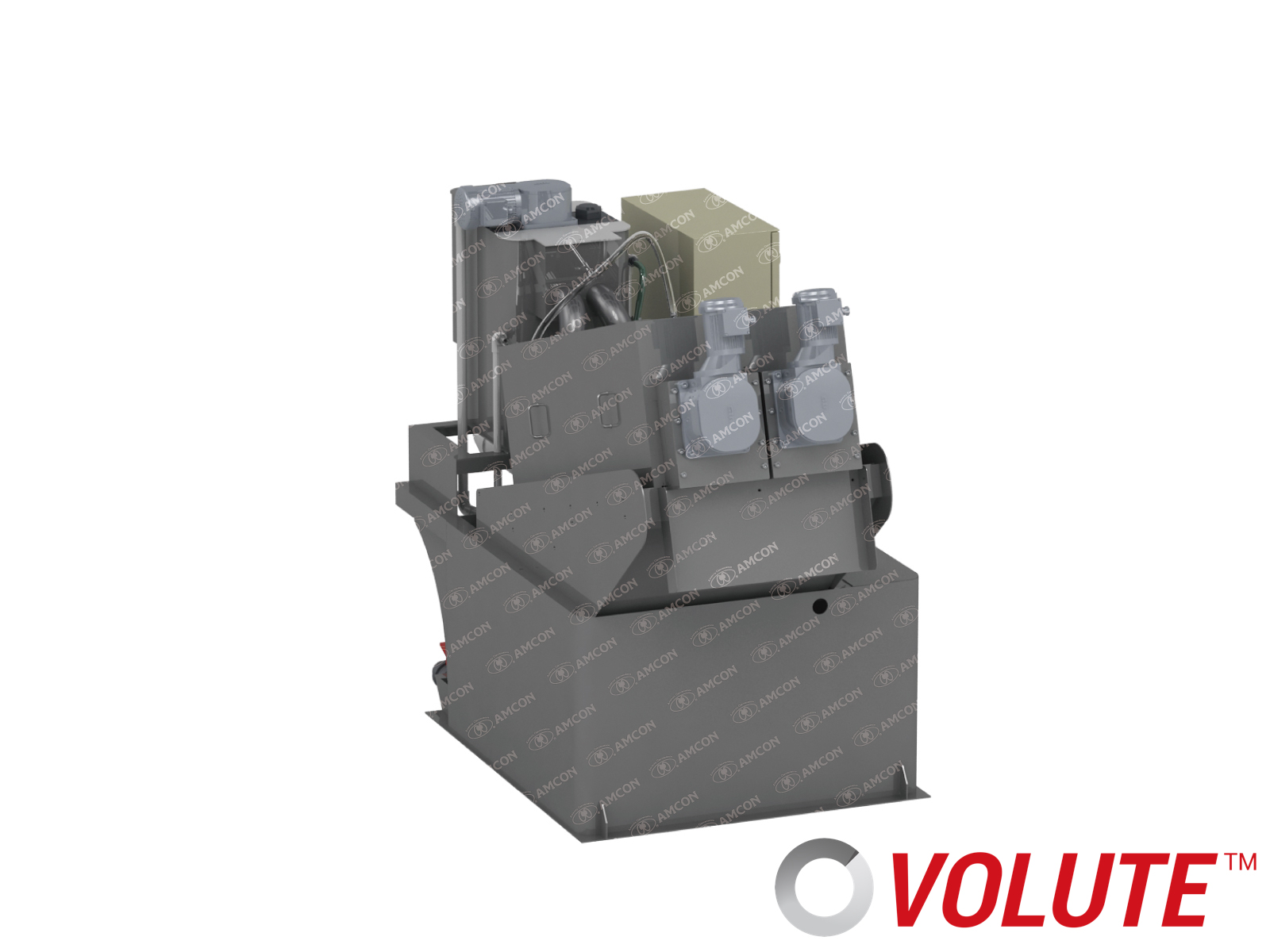
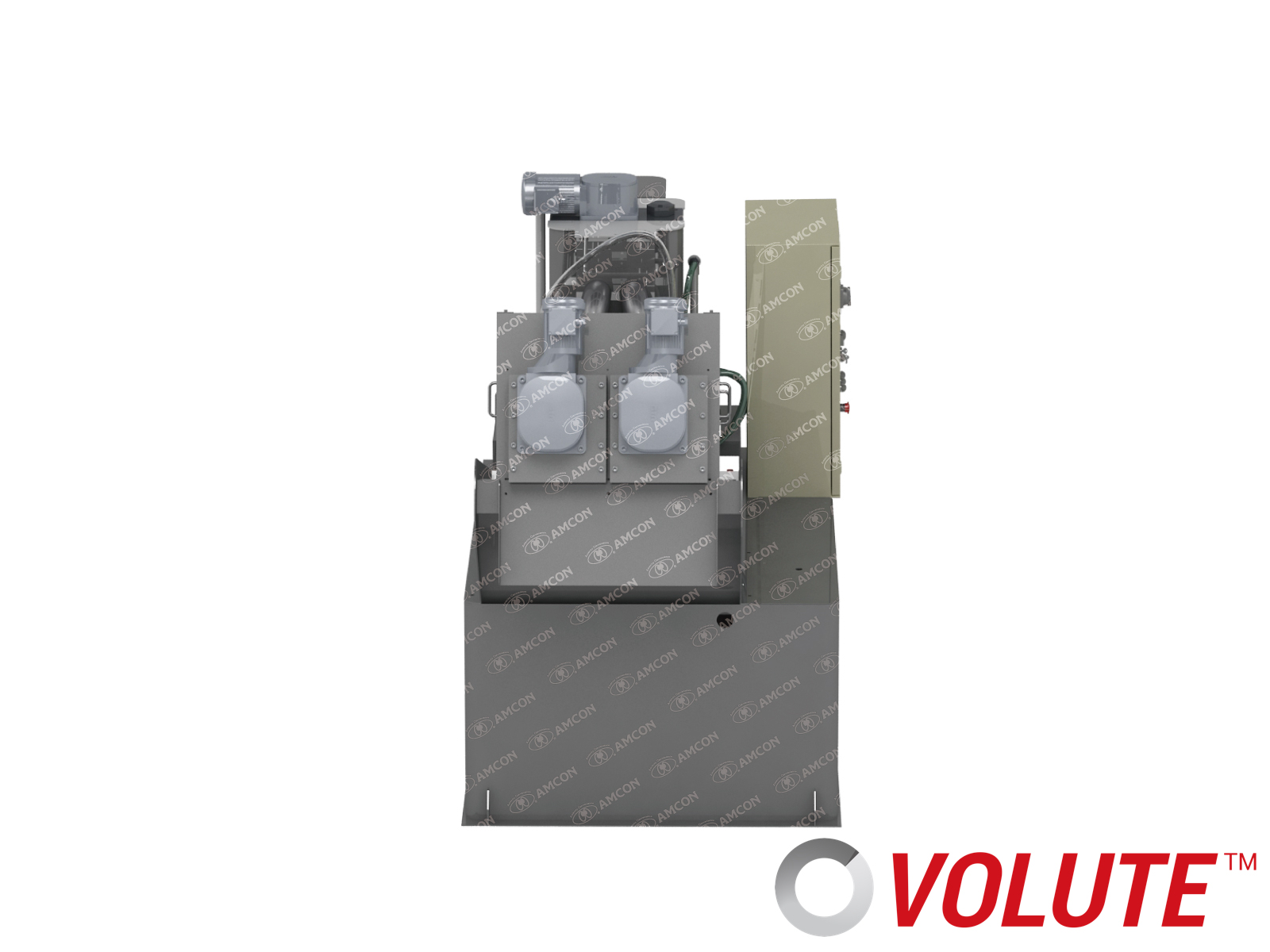
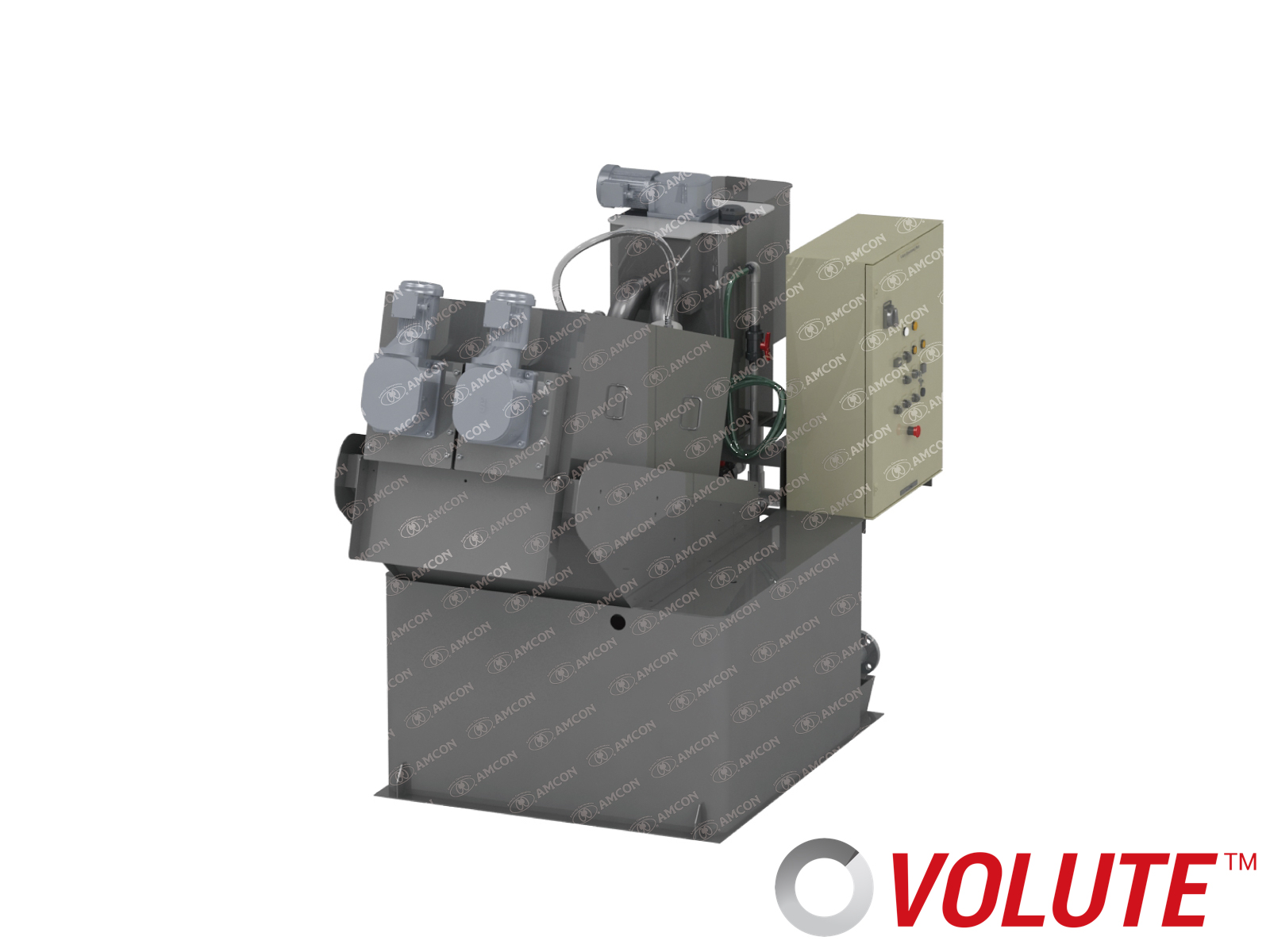
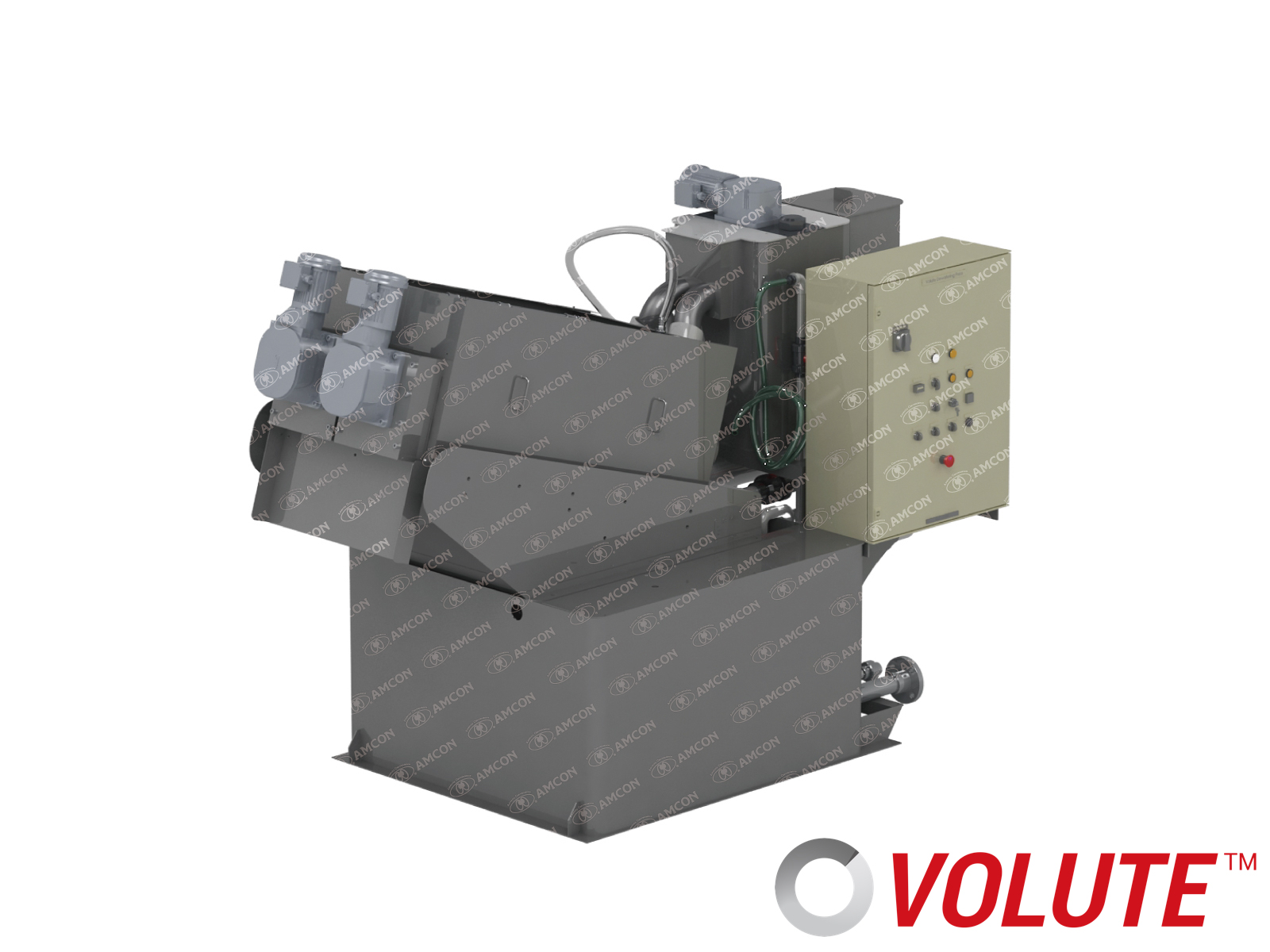
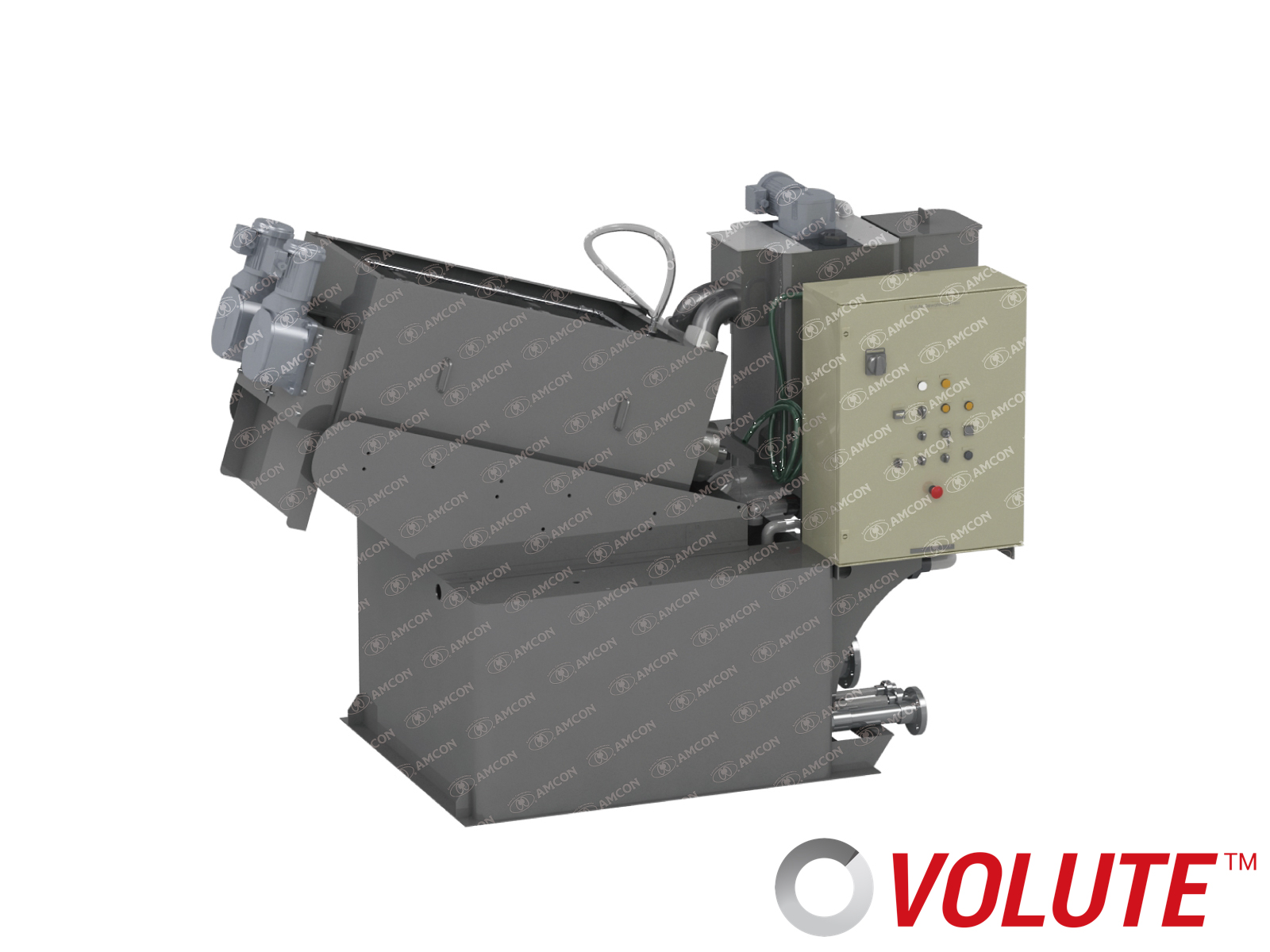
















ADVANTAGES
-
 Clog-free self-cleaning mechanism
Clog-free self-cleaning mechanism -
 No pre-thickening required, TS: 0.2% or more
No pre-thickening required, TS: 0.2% or more -
 High solid capture rate
High solid capture rate -
 Water-saving & Power-saving
Water-saving & Power-saving -
 Low noise and low vibration
Low noise and low vibration -
 Easy operation and easy maintenance
Easy operation and easy maintenance -
 Small footprint
Small footprint -
 Excellent expandability
Excellent expandability
Additional cylinder unit can be added even after delivery
No clogging even with oily sludge
The machine has a filter element that consists of alternating layers of rings fixed at four locations (fixed rings) and vertically movable rings (moving rings) maintaining a gap between them, and a single screw that is threaded through the filter element to transfer and compact the sludge.
A clog-free self-cleaning mechanism is achieved since the screw rotates at a constant speed in contact with the floating ring, driving the floating ring to clean the filter element gap.
The machine delivers stable dewatering performance even with oily sludge.
The amount of cleaning water for preventing clogging is very small compared to other types of dewatering machines.

No pre-thickening required
This machine has an integrated structure in which two processes, thickening and dewatering, are handled by a single filter element, allowing the user to directly charge low-concentration sludge having a TS of about 0.2% without providing a thickening system in the preceding stage.
This not only reduces the construction and operating costs for the thickening and storage systems but also reduces odor because aerobic sludge is dewatered.
The machine can also efficiently capture phosphorus in waste activated sludge to the dewatered cake side, reducing the load caused by phosphorus returning to wastewater treatment.


High solid capture rate
Equipped with a tank for temporarily storing sludge before it is dewatered (sludge conditioning tank).
Dramatically increase the efficiency of sludge treatment with a high solid capture rate of over 95%.
The sludge conditioning tank can also be used as a reaction tank for inorganic coagulants as needed.
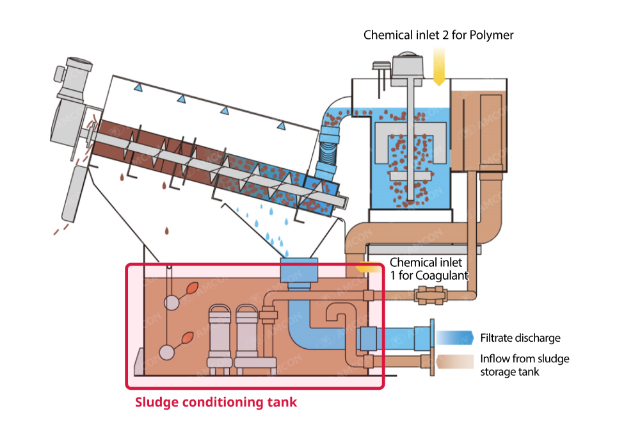
PROCESS FLOW
-
01
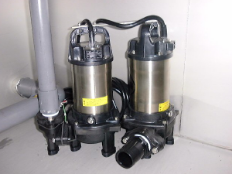
Sludge Conditioning Tank
A sludge conditioning tank temporarily stores sludge before it is dewatered. The model with a sludge conditioning tank realizes a high solid capture rate higher than 95%. When required, the conditioning tank can be used as a reactor tank for coagulant. -
02
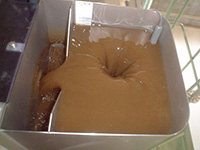
Flow Control Tank
Sludge feed is regulated with the overflow pipe, returning excess volume to the sludge storage tank. -
03
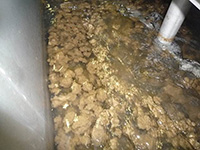
Flocculation Tank
Polymer and sludge are stirred and mixed, forming flocs suitable for VOLUTE™. -
04
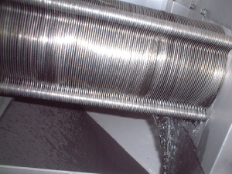
Cylinder Unit
Sludge is instantly thickened in the thickening zone of the cylinder, and then the inner pressure increased at the dewatering zone helps sludge being dewatered well. -
05
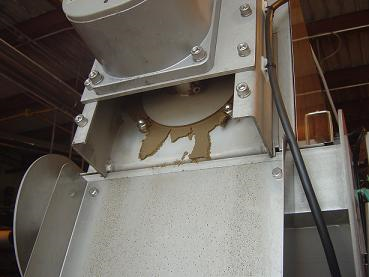
Discharge Outlet for Dewatered Cake
Further pressure is applied from the outlet side with the end plate, discharging dewatered cake with 15% dry solids content or better.
RENTAL

Flow for Product Installation

